This story is part of a series designed to introduce the perspectives of alumni from the National Geographic Society and The Nature Conservancy’s global youth externship program. Each guest author is an emerging leader in conservation and storytelling.

The Virunga Mountains — a chain of ancient volcanoes that stretches across Rwanda, Uganda, and the Democratic Republic of Congo — are special for more than just their misty, volcanic forests. They’re home to the only surviving population of mountain gorillas.
Only 1,063 mountain gorillas remain, and more than half live in my home country, Rwanda. For me — and for many Rwandans — their survival is more than a conservation effort. It’s a story of identity, heritage, and the hope for a future where people and nature thrive together.
Within Rwanda, the gorillas find sanctuary in Volcanoes National Park, a vital but fragile stronghold in the country’s northwest. The park covers about 160 square kilometers — a fraction of the gorillas’ original range — and is surrounded by some of the most densely populated rural areas in Africa.
Over the past century, expanding farmland, growing settlements, and resource extraction have steadily reduced the forest. What was once a continuous canopy is now a fragmented refuge, bordered by pressure on all sides.
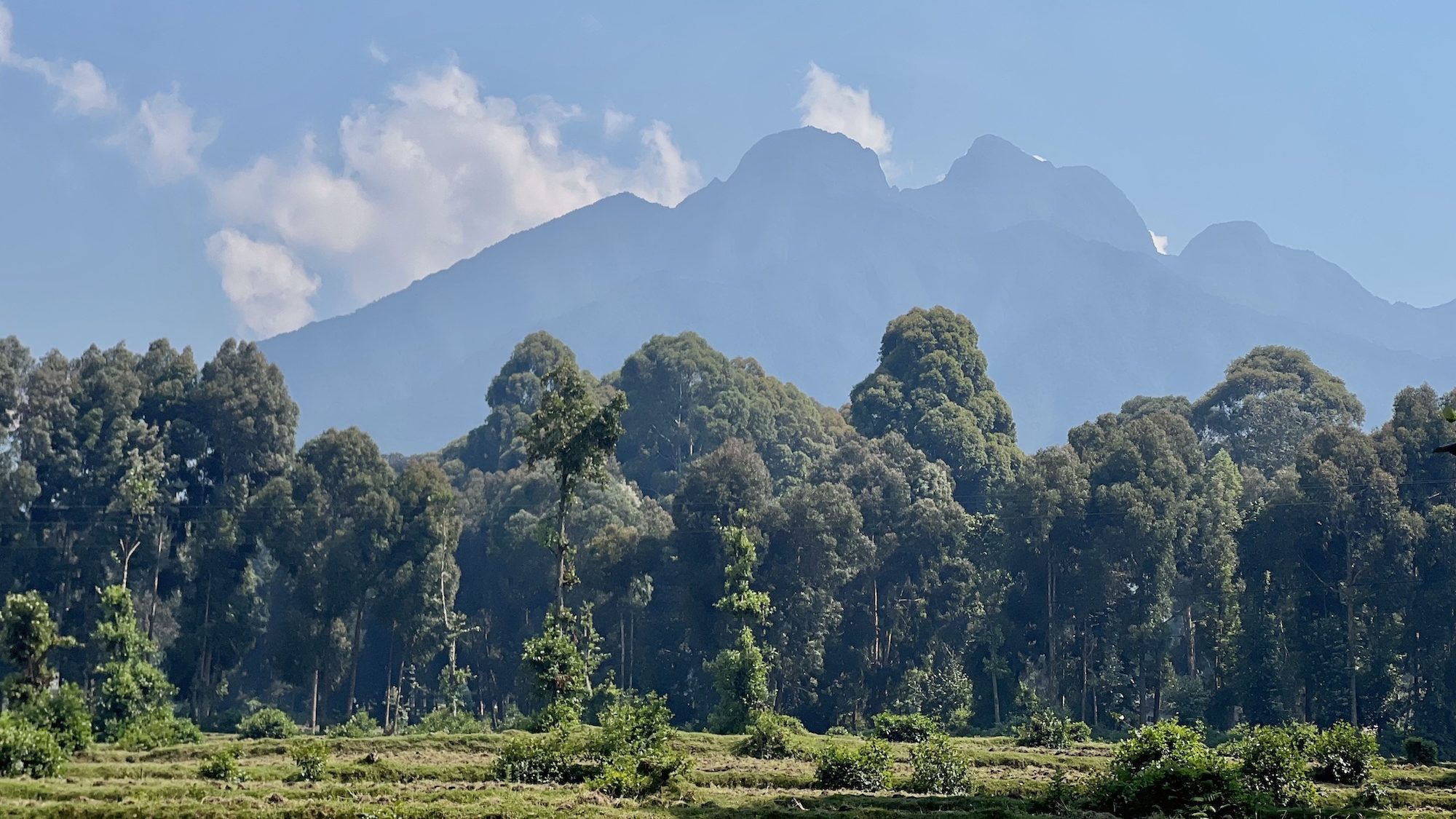
Culture and Community at the Core
Living so close to people, the gorillas rely more than ever on human choices. Every conservation success must be carefully negotiated, balancing ecological integrity with the daily realities of local communities. Despite these pressures, Rwanda has charted a new path — one that puts community and culture at the heart of conservation.
The mountain gorilla population — once in freefall — has not only stabilized but is growing. This remarkable reversal didn’t happen by accident. It’s the result of decades of effort grounded in partnership, local leadership, and national pride.
At the heart of this model is Kwita Izina, Rwanda’s annual gorilla naming ceremony. Since 2005, the event has named over 438 infant gorillas, transforming a scientific milestone into a cultural celebration. Inspired by traditional baby-naming rituals, it weaves conservation into our national identity. It affirms that protecting gorillas isn’t separate from the community — it’s deeply embedded within it.
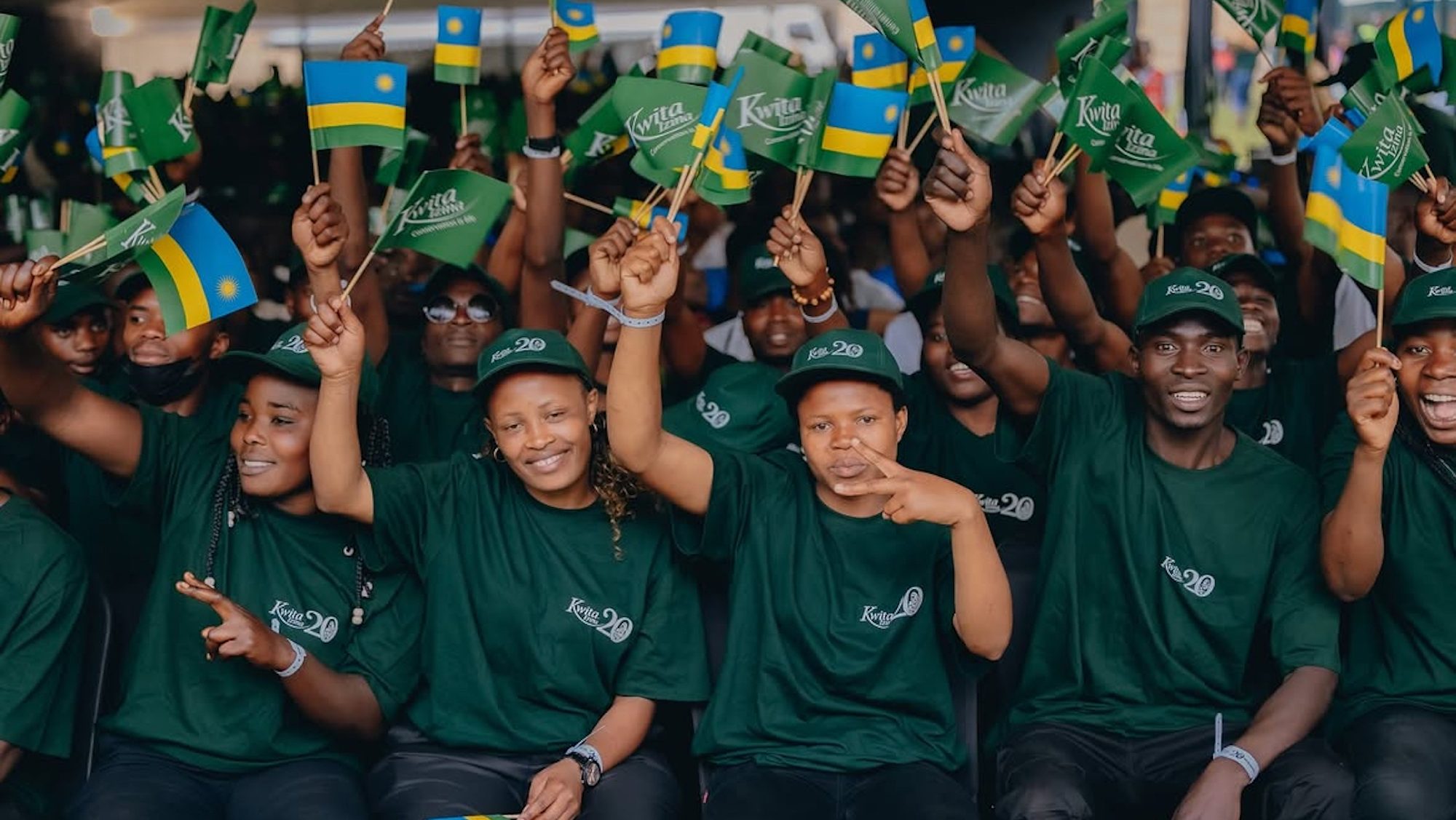
Tourism, too, plays a central role. Gorilla trekking is Rwanda’s flagship ecotourism experience, attracting visitors from around the world. But unlike many places, the benefits are shared directly with those who live nearby. Ten percent of tourism revenue goes to local communities — funding schools, health centers, clean water projects, and new livelihoods. This creates a visible link between healthy ecosystems and improved quality of life.
Some of the most powerful stories come from the people themselves. Many former poachers now serve as trackers, guides, and rangers. Once driven by desperation, they now dedicate their lives to protecting the very animals they once hunted. These personal transformations reflect something deeper: when conservation includes people instead of excluding them, lasting change becomes possible.
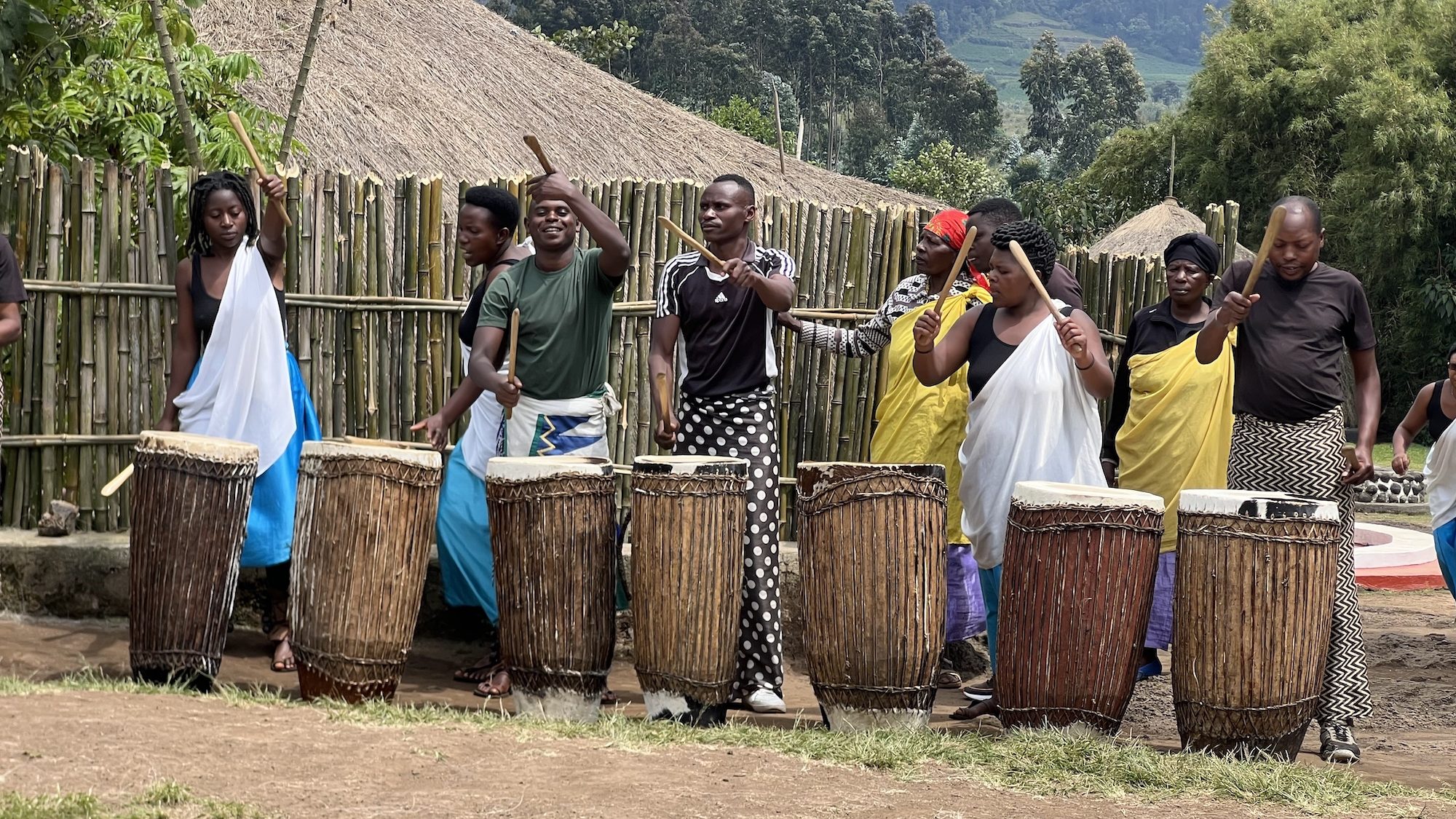
My Externship Journey to Gorilla Conservation
In the pursuit of this holistic conservation vision, I had the privilege of completing an externship with the National Geographic Society and The Nature Conservancy. This opportunity, which I discovered through my academic network, allowed me to explore the mountain gorillas’ plight from both a scientific and community-driven perspective. Initially, I was seeking a way to combine my academic interests with hands-on conservation efforts, and the externship was the perfect platform for that.
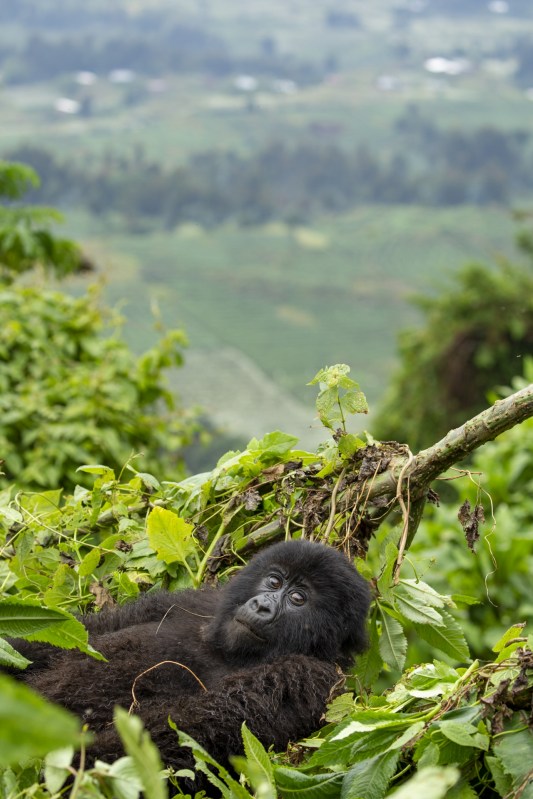
Through this program, I connected my passion for mountain gorilla conservation to real-world strategies, learning from conservationists who have worked tirelessly in the region. The externship exposed me to the complexities of balancing human development with environmental preservation.
I saw firsthand the importance of habitat restoration and the challenges of reforestation efforts in Rwanda. This experience directly influenced the solutions I developed, particularly the “Replanting for the Remaining 1000” project, which aims to restore vital gorilla habitats and engage local communities in sustainable practices.
One moment that stands out to me is when I spoke with a former poacher-turned-ranger. His transformation not only illustrated the power of conservation to reshape lives but also deepened my understanding of the need to address both the ecological and social dimensions of conservation. It was no longer just about saving gorillas — it was about creating a system where people, wildlife, and nature could coexist and thrive together.
Become An Extern
Join hundreds of global youth who are connecting with the National Geographic Society and The Nature Conservancy.
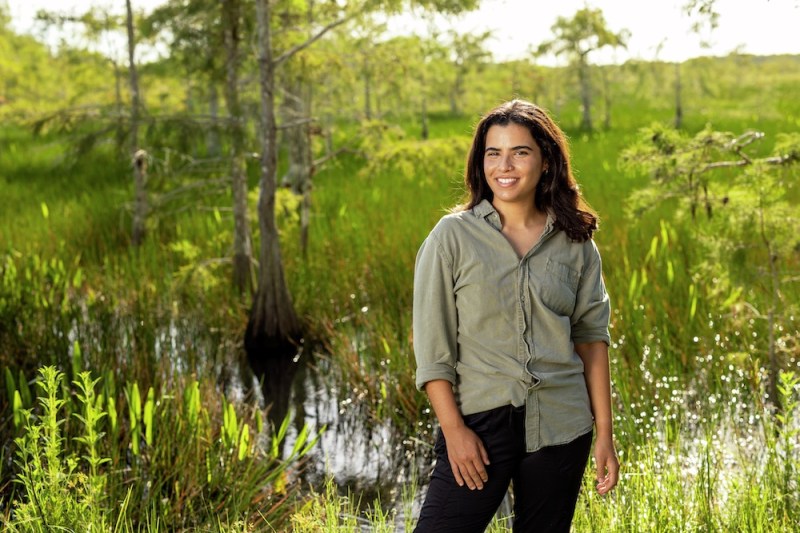
The Next Chapter for Gorillas and People
Even with these successes, mountain gorillas remain vulnerable. Habitat is still limited. Human-wildlife conflict persists. And climate change is beginning to reshape rainfall patterns, threatening both forest health and agricultural stability.
To address these challenges, Rwanda has launched one of the most ambitious conservation initiatives in its history: a major expansion of Volcanoes National Park. The plan will add approximately 37.4 square kilometers — nearly a 25 percent increase — to the gorilla’s protected range.
But this expansion is more than drawing new boundaries. It includes the creation of a buffer zone to reduce human-wildlife conflict, restore degraded land, and support sustainable development. It also prioritizes community well-being. Families affected by the changes are receiving relocation support, new housing, and access to conservation-based livelihoods.
This initiative represents a long-term vision for Rwanda’s future, where people and wildlife thrive in harmony, not by chance, but by design. It’s about not only protecting what’s left but rebuilding what was lost — restoring forest corridors, scaling up regenerative farming, and empowering future generations to lead with both knowledge and empathy.
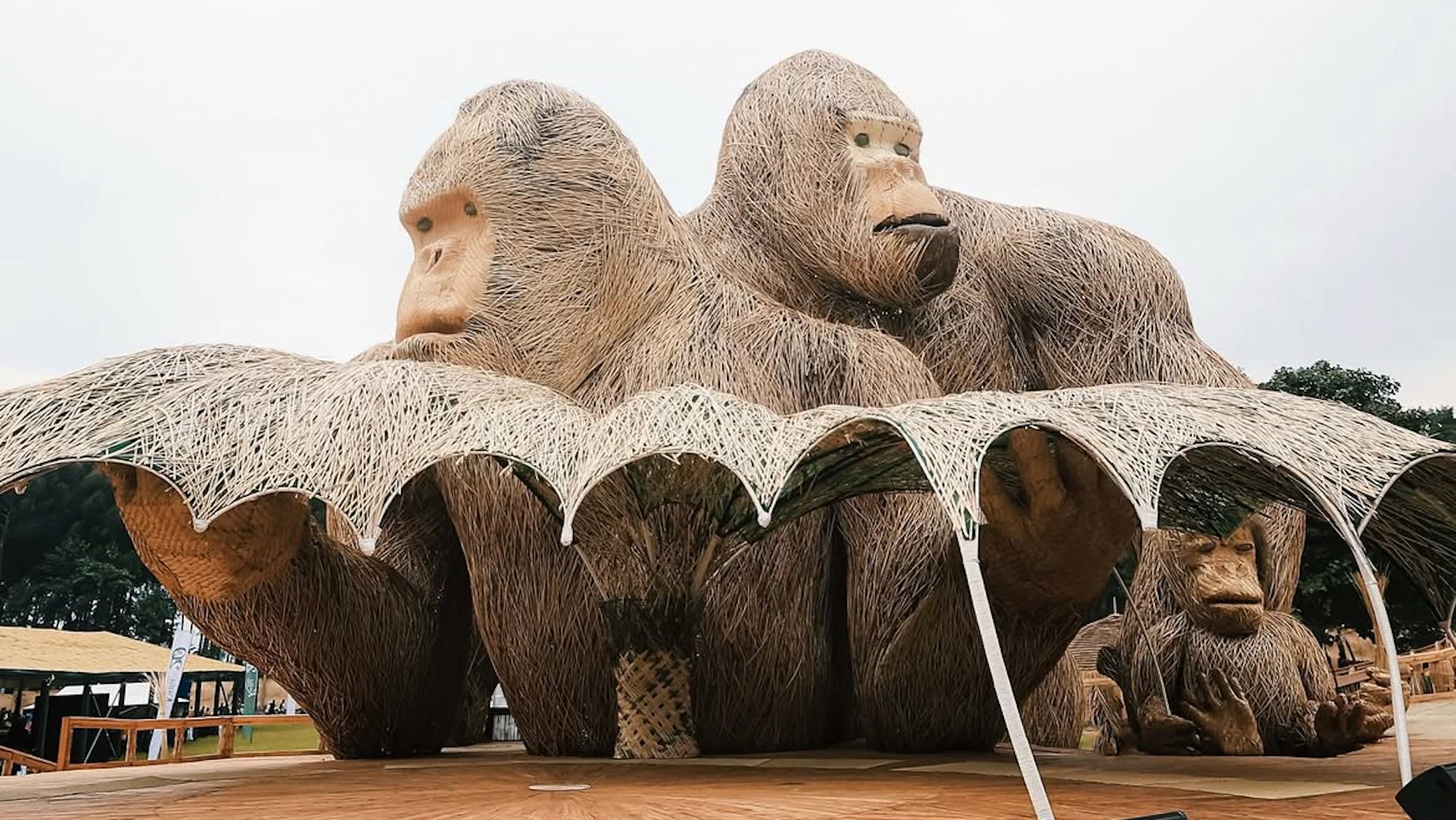
A Shared Resilience
The story of Rwanda’s mountain gorillas is ultimately one of resilience — theirs, and ours. These great apes have endured war, poaching, disease, and the relentless shrinking of their home. That they are still here — and that their numbers are rising — is a powerful reminder of what’s possible when conservation is driven by culture, community, and commitment.
I grew up knowing these forests not just as landscapes, but as part of our national soul. Seeing them protected — and seeing people take pride in that protection — is deeply personal. Because protecting mountain gorillas isn’t only about saving a species. It’s about honoring the spirit of the Virunga Mountains, uplifting the communities who live alongside them, and imagining a future where people and nature are not in conflict, but in partnership.
The stakes remain high. The work is far from finished. But what has already been achieved shows what’s possible when conservation is inclusive, courageous, and community-led — when people choose to protect, not exploit.
In the end, humans are the gorillas’ greatest threat — and their greatest hope.
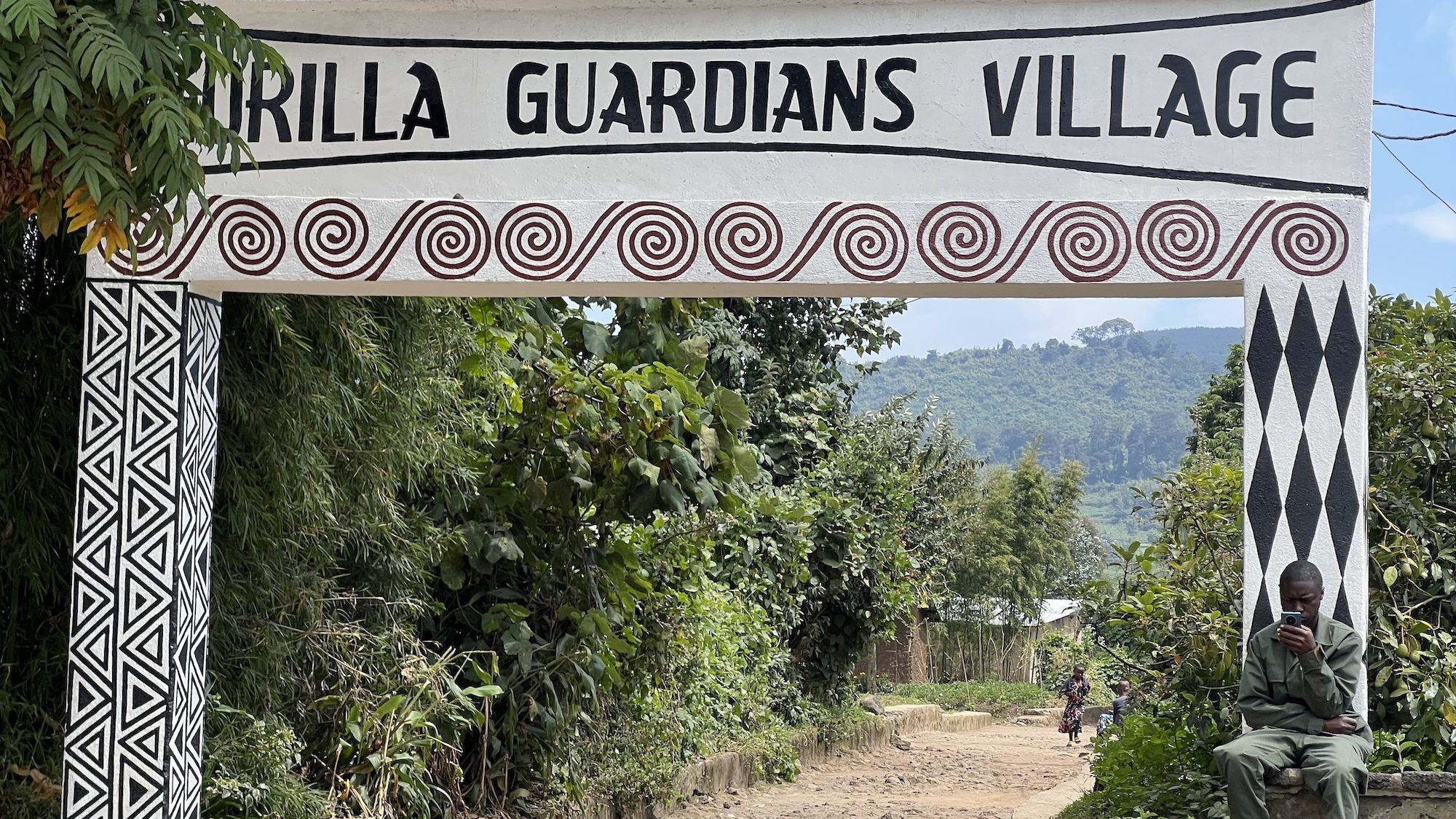




Murakoze cyane, Cyusa, thank you for sharing your experience and bringing the success story of mountain gorilla conservation to new audiences. Worth remembering that the bold move to expand Volcanoes National Park is actually restoring some of the land taken for agriculture in the 1970s. Should still be applauded though!
This is a meaningful inspiration.
I wish your project be concretized and expanded globally.